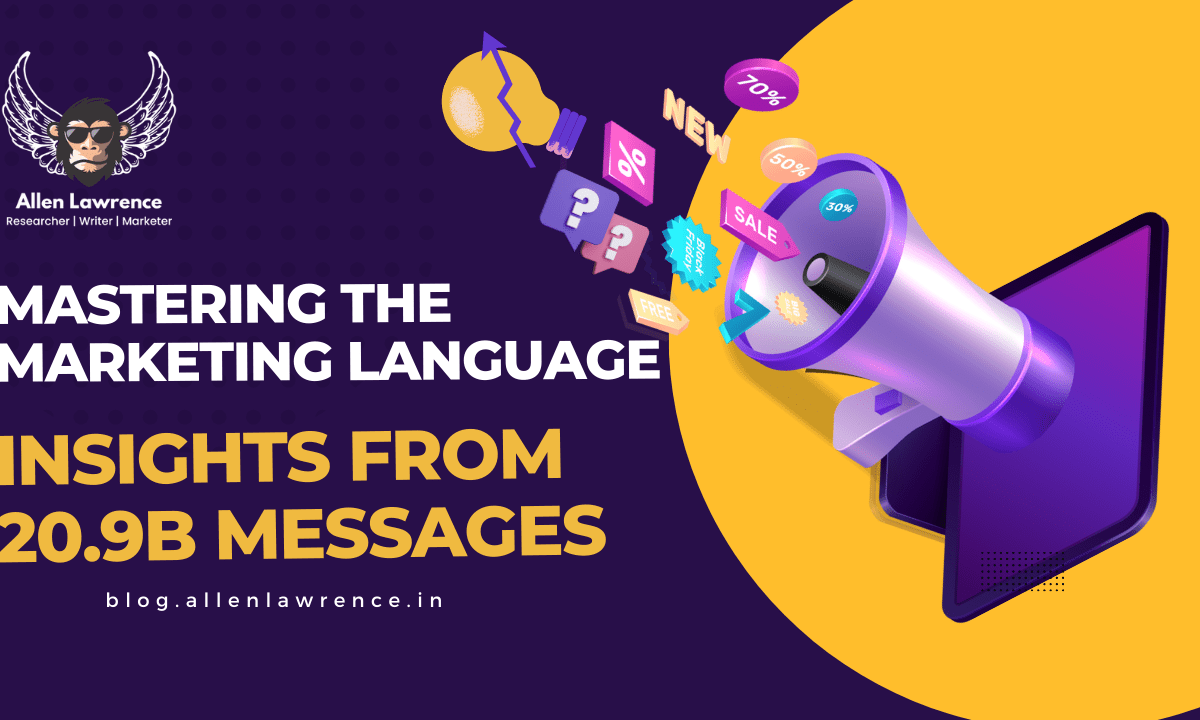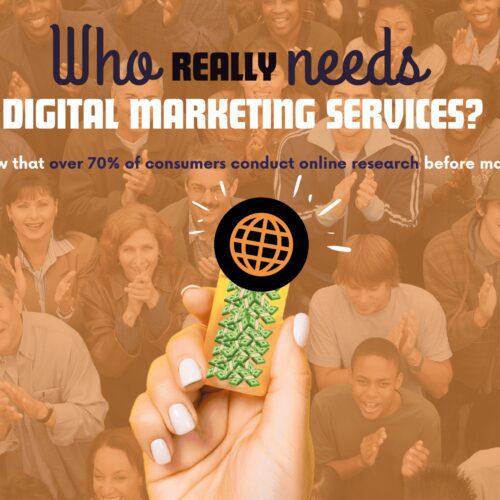Introduction: The Power of Language in Customer Engagement
In today's ever-changing world, understanding consumer behavior is essential for effective marketing. It's not enough to deliver static or generic messages. To truly connect with customers, personalized and individualized communication is key. Language plays a crucial role in motivating action and engaging customers on a deeper level. In this article, we will explore the impact of language in marketing and how retailers can leverage it to enhance customer experiences.
The Role of Emotion in Customer Experience
As someone working at Persado, a leading company in marketing technology, Ms. Lisa Spira, says, I have witnessed firsthand the importance of emotion in the customer experience. At Persado, we utilize the Persado Motivation AI platform, which leverages generative AI technology trained on a vast knowledge base of over 100 billion customer interactions annually. Prominent retailers such as Gap, Coach, Kate Spade, and Marks & Spencer rely on this platform to personalize customer experiences by generating language elements that resonate with customers and drive action. These language elements encompass emotions, descriptive and functional language, formatting, and narratives.
Scaling Marketing Content with Generative AI
Generative AI, when combined with human creativity and quality assurance, offers a powerful solution for scaling marketing content. By utilizing enterprise-grade knowledge bases, marketers can create content that is natural, sophisticated, on-brand, and resonates well with customers. Regular testing and monitoring of the platform enable marketers to identify trends over time, revealing which words and phrases perform best for specific customer segments or industries. This valuable insight into consumer sentiment empowers retailers to enhance their marketing strategies and drive meaningful customer engagement.
Insights from the 2023 Customer Motivation Report
Analyzing consumer responses to 20.9 billion messages across more than 3,200 brand campaigns in 2022, the 2023 Customer Motivation Report provides valuable insights for the retail sector. It highlights the themes that motivated customer action the most in the previous year and offers key takeaways for the remainder of 2023.
Timelessness and Versatility in Retail Marketing
In 2022, retail customers were drawn to campaigns that emphasized "timelessness" and "versatility." Messages promoting classic, investment pieces that customers would cherish long-term resonated well. Even luxury goods campaigns succeeded by making shoppers feel smart and practical. Content conveying timelessness, such as "a verified classic" or "your new forever piece," yielded the highest response rate from retail customers in 68 percent of the campaigns. Additionally, narratives highlighting versatility, such as "for any season and any mood" or "from workday to weekend," achieved a 58 percent response rate.
Challenging “Tried and True” Tactics
While "tried and true" tactics have been relied upon in fashion and luxury campaigns, their effectiveness varied in 2022. Hype, individuality, and prestige narratives, often used by retailers, were not consistently successful. The impact of these tactics depended on the specific campaign, sometimes performing well and other times underperforming. Retailers need to reassess their reliance on these narratives and explore alternative approaches to engage customers effectively.
The Failure of Convenience Narratives
Despite an increase in in-person events and a return to normalcy in 2022, campaigns emphasizing convenience did not resonate strongly with customers. Messages centered around "stay connected on the go" or "access anywhere" tended to underperform rather than overperform. This suggests that convenience alone maynot be a compelling motivator for customers. Retailers should reconsider the emphasis on convenience and explore other messaging strategies to capture customer attention and drive engagement.
Implications for Retail Marketers in 2023
Given the economic conditions and budget-conscious consumers in 2023, it is crucial for retailers to demonstrate value for money. Emphasizing timelessness in marketing messages will likely yield positive results, as customers seek reassurance about the long-term value of their purchases. Narratives focusing on hype or prestige may not resonate well in the current economy and could be perceived as tone-deaf. Marketers should adopt a more human approach to customer communications, understanding that the customers on the receiving end are influenced by the changing world around them. By using language that reflects this understanding, retailers can establish deeper connections with their audience.
Harnessing the Power of Language for Real Results
When combined with marketing teams, generative AI can drive significant outcomes for retailers, particularly when contextual factors are considered. The choice of words is influential, as buying decisions are often driven by emotion. By adopting a more human-centric approach to customer communications, retailers can demonstrate empathy and build stronger relationships. It's essential to recognize that customers are not merely numbers or statistics; they are individuals impacted by the world around them. Tailoring language to acknowledge this reality can yield meaningful results.
Conclusion: Elevating Customer Engagement Through Language
In the ever-evolving landscape of marketing, language remains a powerful tool for capturing customer attention and driving action. Personalization, individualization, and the ability to evoke emotions through well-crafted messaging are essential for success. Retailers must adapt to changing consumer preferences and align their language strategies accordingly. By understanding the nuances of customer sentiment, leveraging generative AI technology, and embracing a human approach, retailers can create compelling marketing messages that resonate with their audience. Remember, it's not just what you say, but how you say it that truly makes a difference in engaging customers and standing out in a competitive market.




